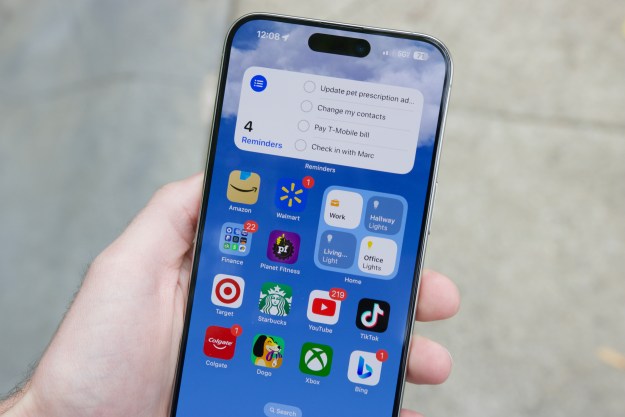
Google’s Android Switch website isn’t new, but it received a significant attention this week: a streamlined interface instructs intrepid iOS migrants on the merits of Drive, Google’s free-to-use cloud storage service. It’s tailor-made for folks who use Apple’s services on a regular basis. Using the Drive client for Apple devices, iPhone users with calendar, contacts, videos, and photos can copy that data to the corresponding Google service. There isn’t much heavy lifting involved — the Drive app presents a prompt on launch or from the new Backup options in the settings menu and performs the backup automatically.
It isn’t all smooth sailing, granted. The process takes “several hours,” doesn’t back up text messages or iMessage exchanges, and requires that the Google Drive remain open for the duration of the backup process. (Google advises you plug in your phone and connect it to Wi-Fi). But it’s a vast improvement over the transition method which launched alongside Android 7.0 Nougat. Back then, during setup, iOS users were directed to create a Google account and individually copy data to Google’s cloud services. Contact syncing was a five-step process that involved the use of iCloud, a vCard file, and a Gmail account, and photos and music had to be uploaded to Google Photos and Google’s Play Music Manager desktop app, respectively.
The revamped Switch is yet another prong in Google’s effort to simplify the iOS-to-Android transition process. Google ships a special connector iPhone data transfer connector, the Quick Switch Adapter, with its Pixel-branded smartphones. Earlier in 2016, it published a detailed, five-step switching guide for users of Google Suite, the company’s eponymous enterprise services platform.
It’s a likely response to a year-on-year trend. In the fourth quarter of 2015, Apple chief Tim Cook said that the company recorded the “highest rate on record” for Android “switchers” — users who switched from an
Editors' Recommendations
- An Apple insider just revealed how iOS 18’s AI features will work
- The 6 biggest announcements we expect from Google I/O 2024
- This one thing could make iOS 18 the best iPhone update in years
- The 7 biggest features we expect to see in iOS 18
- This could be our first look at iOS 18’s huge redesign


